
How arts reshape social movement? Visual storytelling tips & examples
The popular phrase “a picture is worth a thousand words” definitely rings true for the digital art of photography. Visual storytelling has the ability to take its observers on a journey that transcends language barriers and communicates a message that everyone can understand.
When it comes to creating awareness around a social movement, visual messaging needs to be simultaneously compelling and accessible. The art of photography has the ability to accomplish just that.
How Visual Storytelling Originated
Visual storytelling is the most ancient form of communication that we know. Beginning with cave paintings and hieroglyphs, humans developed visual storytelling as a means to hand down valuable information, teach values, and record important events within communities.
While today we have access to more advanced communication tools, visual storytelling remains one of the most effective ways for us to share knowledge. As visually-oriented creatures, humans are hardwired to understand and appreciate stories that are displayed in a visual format.
The Influence Of Visual Storytelling In Different Forms Of Art
The visual arts play a foundational role in the development of social and cultural literacy. Only about 86% of the world is literate. This leaves 14% of the human population unable to participate in social movements that rely exclusively on words to spread their message.
From photography to sculpture to graphic design, visual narratives make these art mediums more relatable, accessible, and emotionally comprehensive to their audience. Anyone can understand visual storytelling, regardless of their culture, religion, or education.
Stories Of Social Movement Told Through Photos
Visual storytelling is a major theme in the photography industry. Urth Magazine recently listed 10 stellar examples of visual storytelling from photographers who focus on highlighting important social justice issues and movements from across the globe.
Taking 1st prize, Manel Quiros captures the image of a nine-year-old Bangladeshi girl gazing up at the camera from behind opaque curtains. Shot at Banishata Island close to Bangladesh, this enigmatic yet sorrowful image tells the story of a child born into a life of sex labor. Her confused, vacant stare embodies the trauma of what she and millions of others experience on the island.
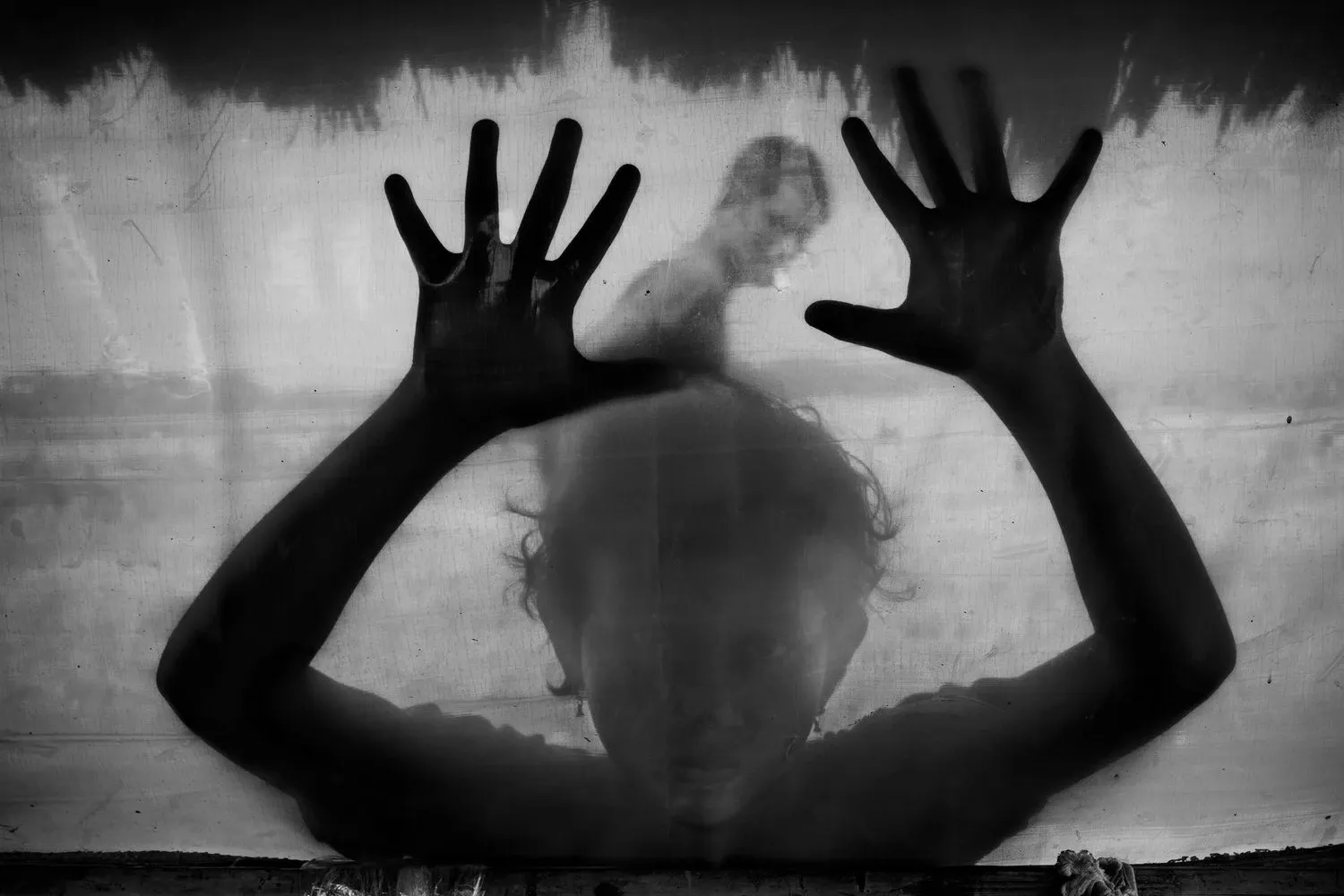
Image from URTH Magazine
2nd prize was won by David Klammer who caught the scene of a swarm of climate activists donning hazmat suits running haphazardly down a hill into an open brown coal mine. Their frenetic energy communicates the sense of urgency and chaos that climate change brings upon communities.
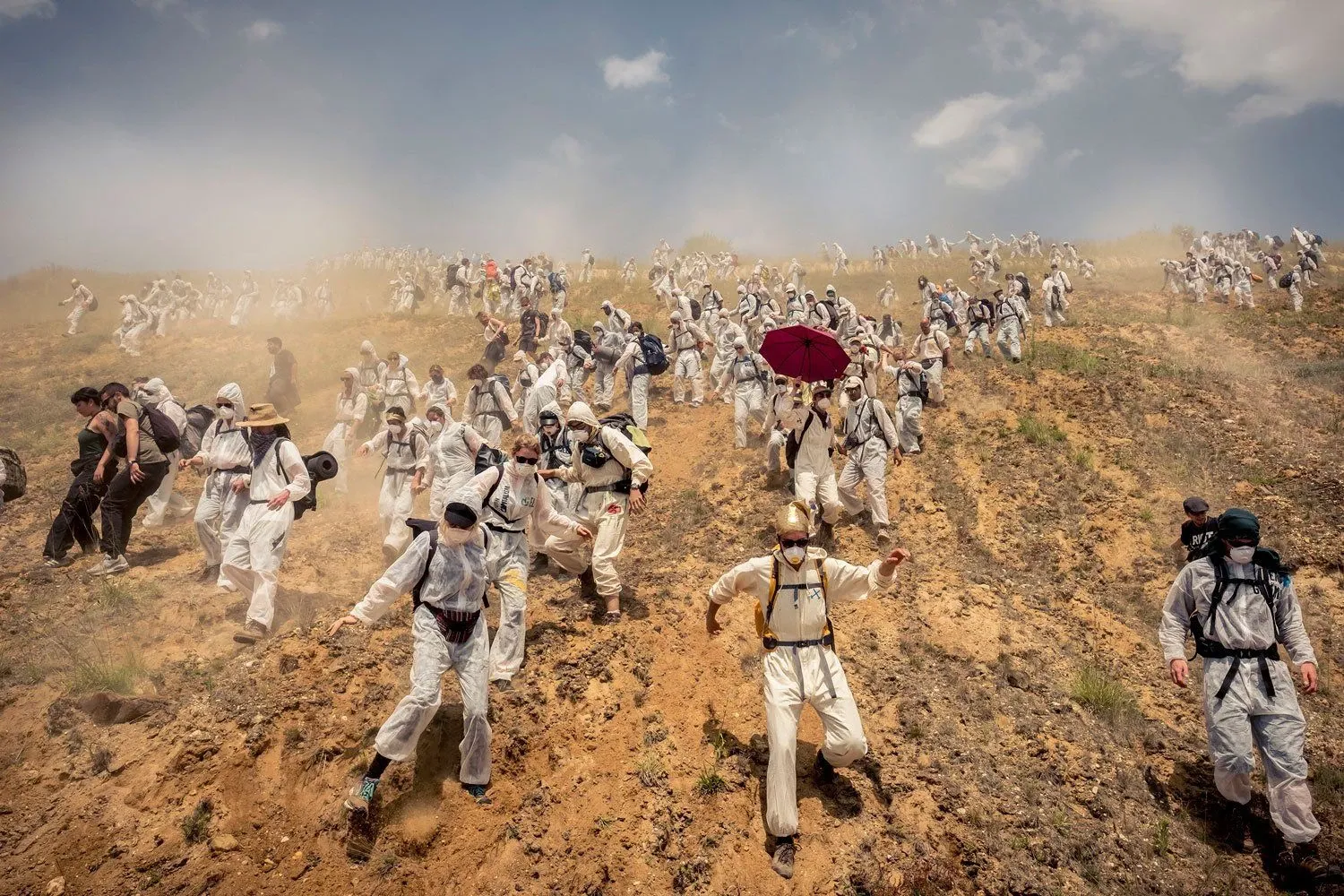
Image from URTH Magazine
Javier Arcenillas scooped the third spot with an image of two imprisoned members of the notorious Maras gang praying with intense conviction and emotion. Extreme violence is very prevalent in Latin America, but this image portrays the fear and desperation that even its perpetrators hold.
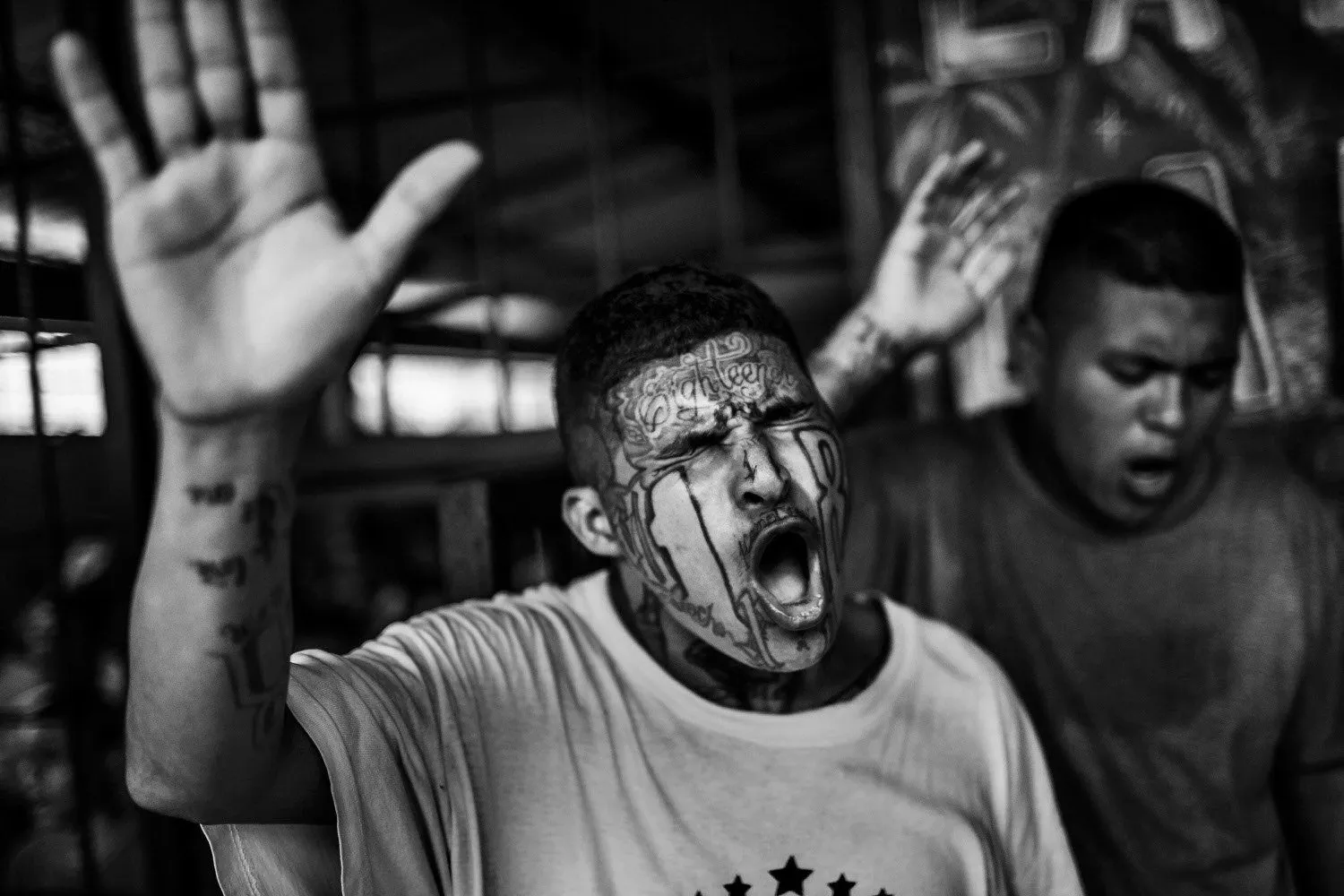
Image from URTH Magazine
How Visual Storytelling Differs From Traditional Photography
The camera can be used as a powerful storytelling tool, But that doesn’t mean every photo tells a story. Visual storytelling through photography is about communicating a specific message or story through a visual subject. Whereas traditional photography can capture moments that aren’t necessarily a part of a particular storyline.
Techniques To Effectively Tell A Story Through Photos
To create a compelling visual story using photography, you need a good understanding of your subject, basic photography knowledge, and a sharp eye for detail.
- Draw inspiration from society’s status quo
There are complex social themes all around us, in every layer of society. From whichever angle you observe it, there is always a status quo ready to get exposed, challenged, or simply acknowledged.
What issues does your community struggle with? What needs to be addressed to affect change? Start there and see what unfolds. You can also use reference images to find inspiration for causes that need attention.
Video from Eagle App
- Find a location that’s thought-provoking
Your chosen location is what will ultimately set the tone for your photographic story. So, make sure that it fits in well with your message and provides a thought-provoking atmosphere for the images to rest on.
If your story is about climate change, find a location that’s feeling the impact right now. If it’s about a lack of affordable housing, find a location that shows the reality of current informal settlements.
- Have a shot list in mind
Creating a shot list prior to the shoot day will help you feel more prepared and avoid the dreaded design inspiration block. It will also ensure you don’t miss out on any opportunities for a good shot. While still allowing some room for flexibility, premeditate the kind of photos you want to create and maybe even keep the list in your pocket or on your phone for easy reference.
- Pull out emotion from the subject
Every good story includes some level of emotion. Visual storytelling is no different. Pulling out emotion from your subject will create a more compelling image and make your message more impactful to observers. Just make sure the emotion is sincere and appropriate for the context.
- Beware of the surrounding details
The devil is in the details, as they say. You may tell a certain story, but you still want the photo to have a good compositional balance and be agreeable to look at. Visual details like backdrops, shadows, clutter, or passersby are all fine, just make sure they reflect the mood and visual impact that you want to capture.
- Know what to crop, delete, and edit
Editing or letting go of the images that don’t line up with your original vision is an important part of the photographic creative process. Not everything will turn out the way you intended or is worthwhile displaying. It’s better to have 5 stunning photos you can publish in your online portfolio than 50 that missed the mark. Know when to make the cut.
The Impact Of Digital Art And Modern Photography On Raising Social Awareness
Photos serve as reflections of real-life people, environments, and struggles.
Digital art and modern photography can be great tools for raising social awareness. They have a tangible ability to show us the reality of what is going on outside from perspectives we may never have considered before.
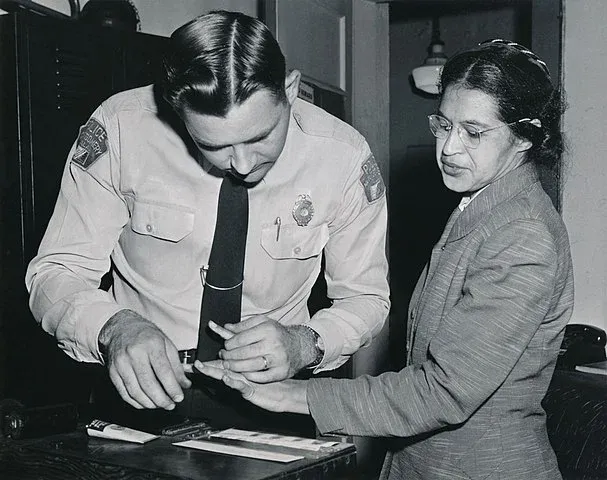
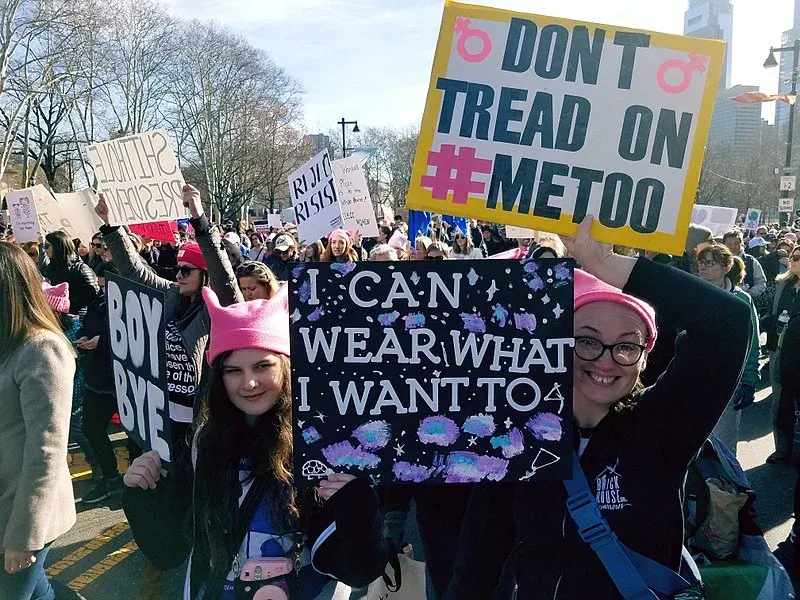
Making The Right Changes
From Rosa Parks' arrest to the #MeToo protests, digital arts play a huge role in reshaping social movements and spurring on change.
In a time where there is so much social unrest and so many human rights issues to resolve, bringing awareness to these uncomfortable truths is so important. Only once people are exposed to the truth, can positive, sustainable change be instigated.
Taking photographs is one way of bringing awareness to causes and telling the real story. Pictures speak loudly, and sometimes, their effects reverberate around the globe.



